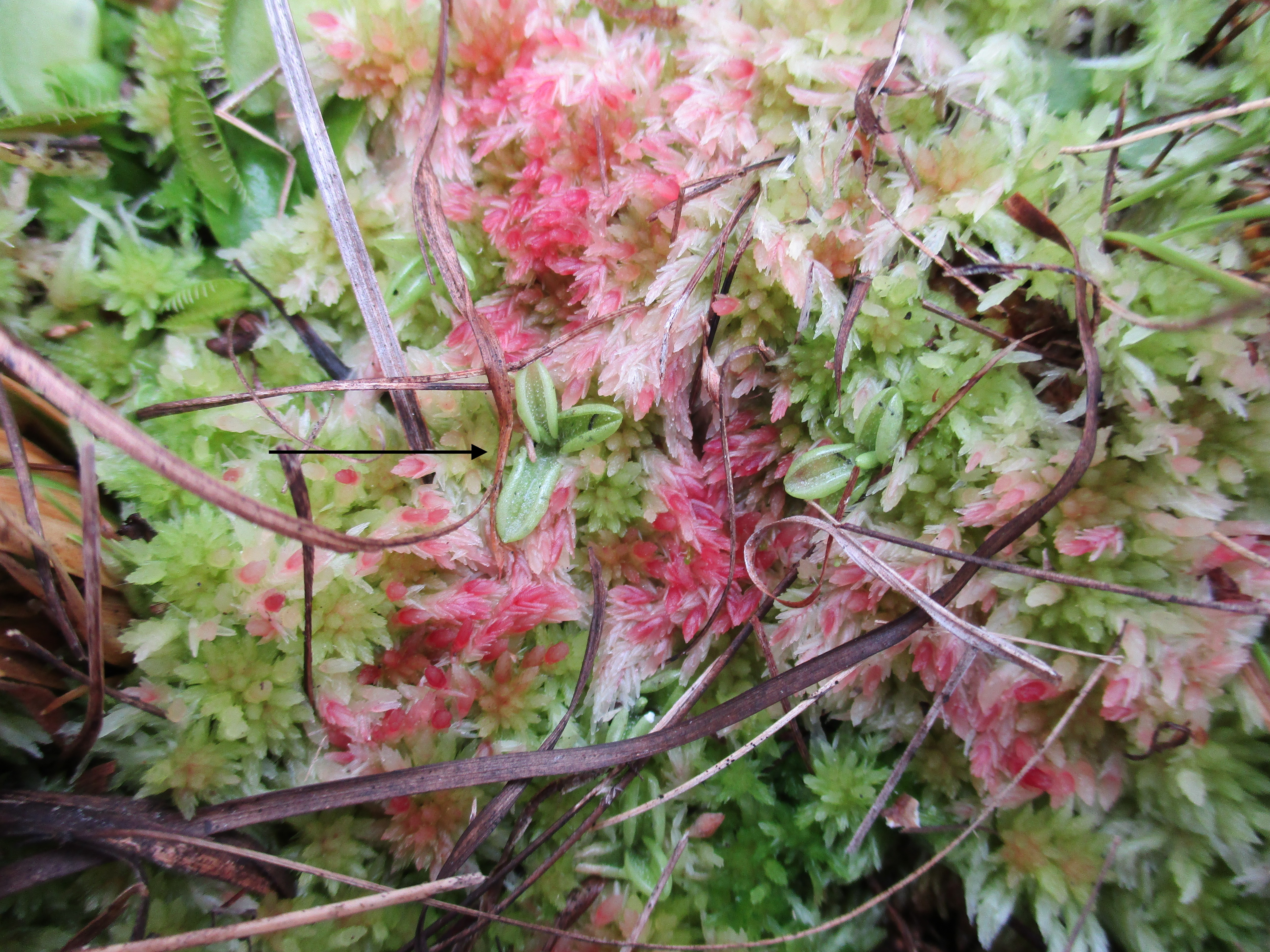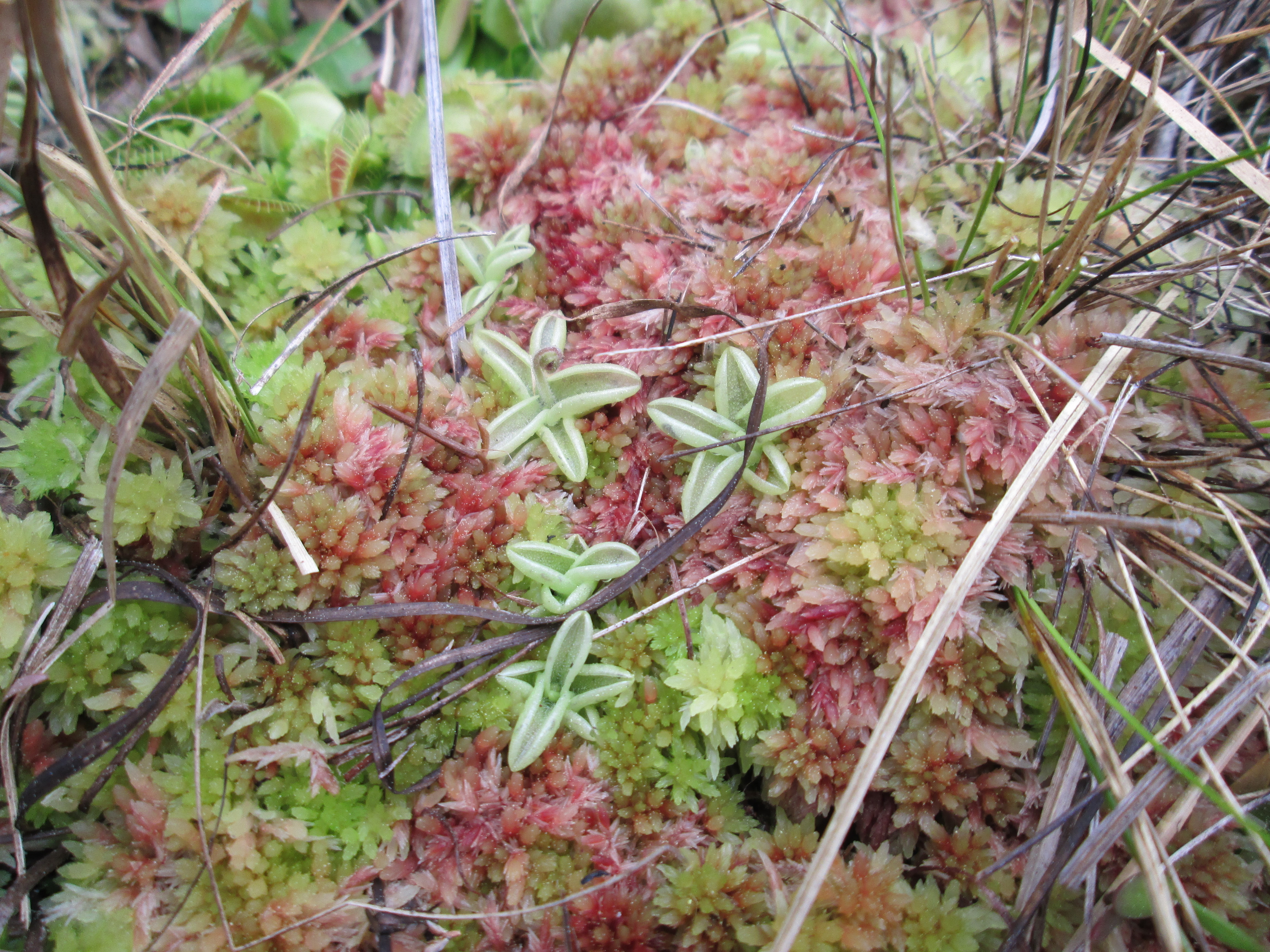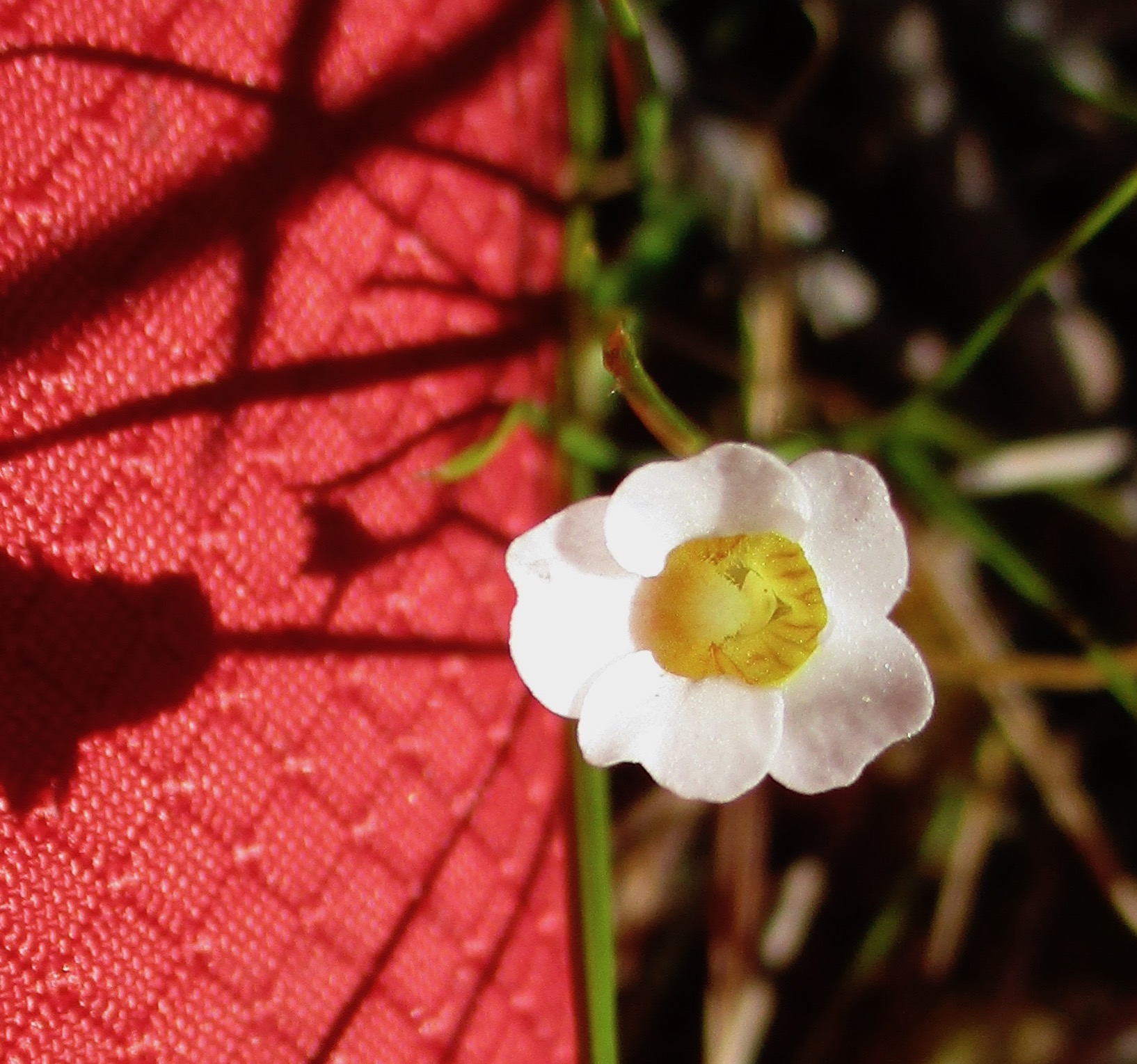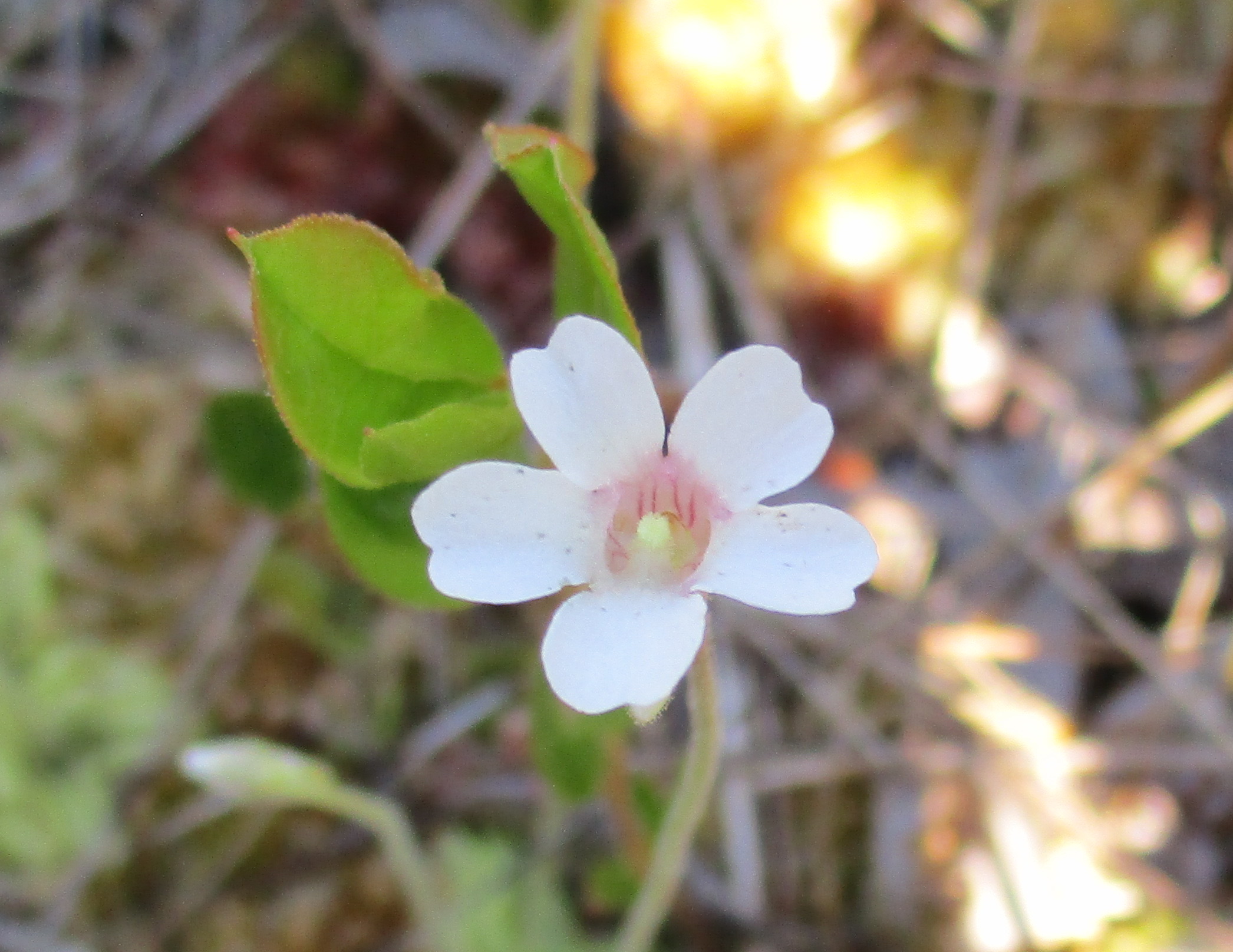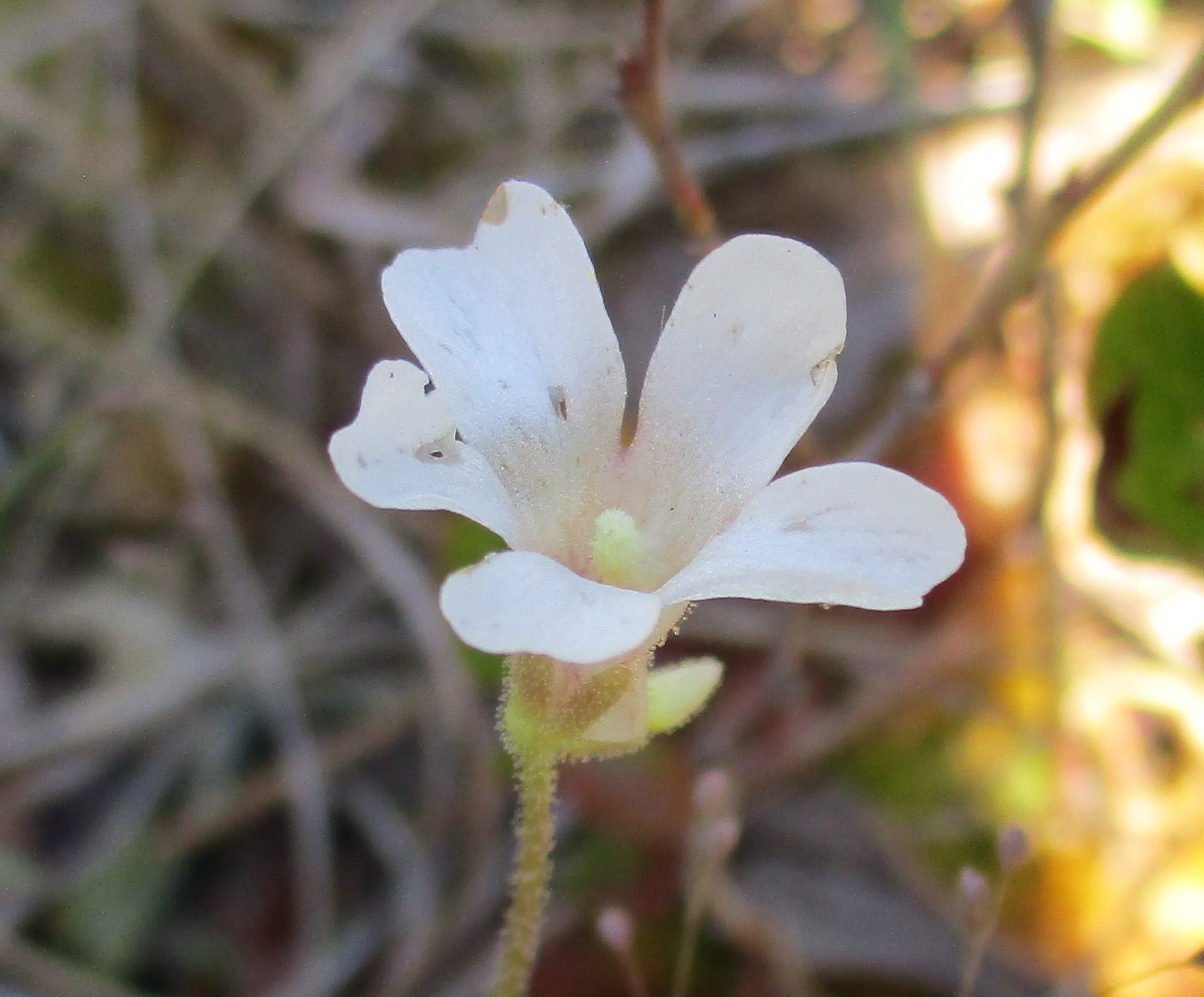Dwarf Butterworts in the Croatan National Forest
go.ncsu.edu/readext?687371
en Español / em Português
El inglés es el idioma de control de esta página. En la medida en que haya algún conflicto entre la traducción al inglés y la traducción, el inglés prevalece.
Al hacer clic en el enlace de traducción se activa un servicio de traducción gratuito para convertir la página al español. Al igual que con cualquier traducción por Internet, la conversión no es sensible al contexto y puede que no traduzca el texto en su significado original. NC State Extension no garantiza la exactitud del texto traducido. Por favor, tenga en cuenta que algunas aplicaciones y/o servicios pueden no funcionar como se espera cuando se traducen.
Português
Inglês é o idioma de controle desta página. Na medida que haja algum conflito entre o texto original em Inglês e a tradução, o Inglês prevalece.
Ao clicar no link de tradução, um serviço gratuito de tradução será ativado para converter a página para o Português. Como em qualquer tradução pela internet, a conversão não é sensivel ao contexto e pode não ocorrer a tradução para o significado orginal. O serviço de Extensão da Carolina do Norte (NC State Extension) não garante a exatidão do texto traduzido. Por favor, observe que algumas funções ou serviços podem não funcionar como esperado após a tradução.
English
English is the controlling language of this page. To the extent there is any conflict between the English text and the translation, English controls.
Clicking on the translation link activates a free translation service to convert the page to Spanish. As with any Internet translation, the conversion is not context-sensitive and may not translate the text to its original meaning. NC State Extension does not guarantee the accuracy of the translated text. Please note that some applications and/or services may not function as expected when translated.
Collapse ▲Among the various carnivorous plant genera in the Croatan, sundews (Drosera spp.) may be the easiest to find, followed closely by pitcher plants (Sarracenia spp.). Bladderworts (Utricularia spp.) are all over the place, but tend to be overlooked. It should be remembered that various species of bladderwort may be floating on water, but others are found on “dry land” in wet bogs. Bladderworts comprise a big group with a lot of variation in appearance and habitat. Venus flytraps (Dionaea muscipula) are abundant, if you’re looking in the right places. Butterworts, particularly Pinguicula caerulea, are not uncommon. But in my own plant explorations, for some reason they are the most hit-or-miss of the bunch. One species, Pinguicula pumila (dwarf butterwort), is considered to be rare in the NC Coastal Plain, and is a State Endangered species. Thanks to US Forest Service botanist Andrew Walker for originally pointing these out to me, in an image I had sent asking about something else; I had just assumed they were baby butterworts.





